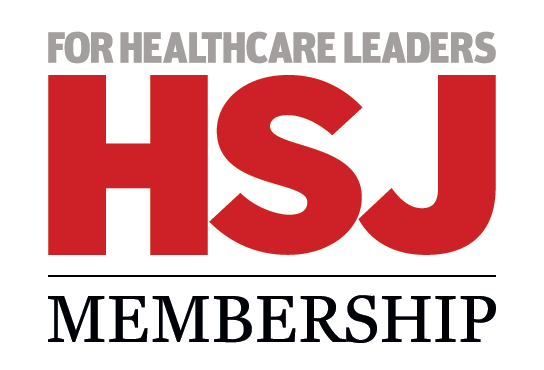The must-read stories and debate in health policy and leadership.
- Today’s latest from the waiting times guru: The real elective backlog starts to emerge
- Today’s call from GPs: Doctors want tougher line on racist patients
Deciding who gets treated, in what order, is a brutal process even in the good times.
As the NHS emerges from the pandemic with hu
ge treatment backlogs and an as-yet-undetermined level of trauma in its workforce, prioritising patients is going to be even more difficult.
This week NHS England said those needing endoscopies or other diagnostics need to go through a prioritisation process like that for elective treatment.
Among electives that means P1 (needing immediate treatment or within three days) to P3 (within three months) to P4 (longer than three months).
As of the end of March it’s not clear what proportion of the 4.95 million people on an elective waiting list in England fall into which category. Or even when they’ll all be assessed.
It’s logical and laudable to organise by clinical priority (and this has always happened to a large extent) but there is some evidence that only P1s and P2s are actually being managed, P3s being allowed to gently drift into P4. So if you’re not very urgent or quite urgent, you might be waiting a long, long time.
With diagnostics now getting the same prioritisation process, clinical teams will also have to review waiting lists where more than half of patients have waited more than six weeks.
At the end of March, people on lists hitting this criteria were roughly 10 per cent of the total 1.3 million waiters.
One senior clinician Daily Insight spoke to said this process would not only allow the people whose symptoms had resolved during the wait to be removed but would help make sure those who had got worse were moved up the queue.
The diagnostic categories run from D1, most urgent, to D4, least urgent, described as “routine patients who would normally be seen within the next 6-12 weeks”. But in all cases the assessment is also supposed to take into account the “impact on quality of life and may result in mild or moderate disability” and “potential to cause severe disability or severe reduction of quality of life”.
There are also D5 and D6 categories where a patient wants to defer a diagnostic procedure because of covid or other concerns.
Worrying as the language for D1- D4 is, it is D5 and D6 which might be a real problem.
As the manager pointed out: “This needs focus and care not to risk increasing inequalities and is a big piece of work.
“The IT systems aren’t great at monitoring newly created categories. There is risk in this cohort, particularly for vulnerable people, eg those with cognitive/learning disabilities, language barriers, those who are immunocompromised.
“Personally I think not enough is being done for these groups at all. I’ve seen lots of equalities impact assessments but not much action. Only the GP can really do this as only they will reliably know about such issues, but in my experience general practice does this patchily at the best of times.
“Acute trusts also need to put more resources into this to identify these people to GPs. The acute trusts are really bad at inequalities. For all the good intentions, and some valiant staff, organisationally they would prefer anyone who refuses care off their waiting lists.”
Blurred vision
Matt Hancock’s local hospital has been revealed as the worst-performing hospital for long ophthalmology waits, with more than four in 10 patients waiting longer than a year.
West Suffolk Foundation Trust — which is in the health and social care secretary’s constituency — had 42 per cent of the waiting list (660 patients) referred for treatment more than a year ago.
The East of England has been revealed as the worst-performing region for long ophthalmology waits, with 11 per cent of the region’s 59,000 ophthalmology patients having already been waiting more than a year for treatment at the end of February. London, on 6 per cent, was the best performing region.
There are significant worries that thousands of people will suffer avoidable sight loss as a result of the long waits – which have been mostly caused by pauses in surgery during the pandemic.
The Royal College of Ophthalmologists has called for significant national investment in the ophthalmology workforce. The Department of Health and Social Care said it has backed the NHS with £92bn extra money.

























No comments yet